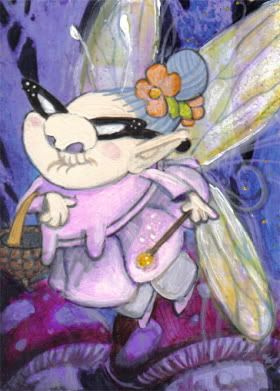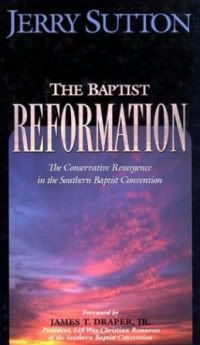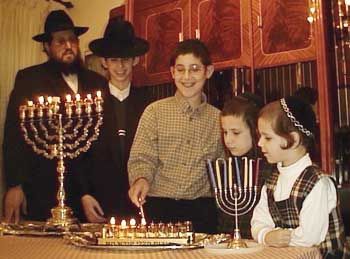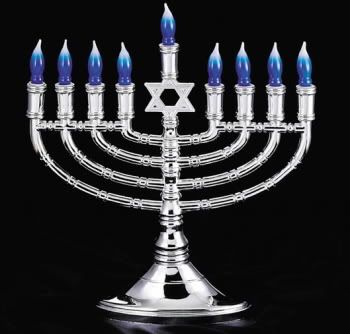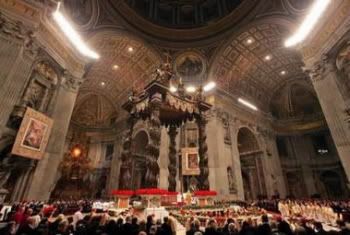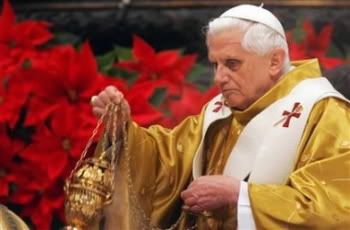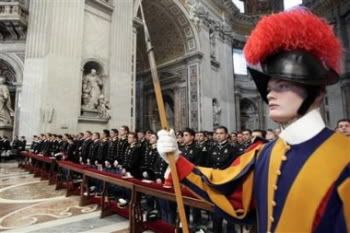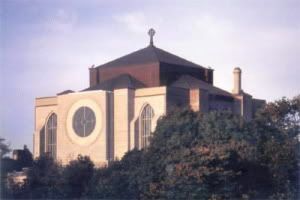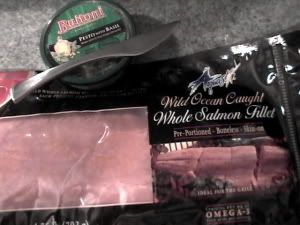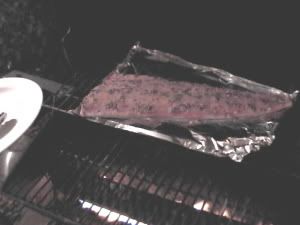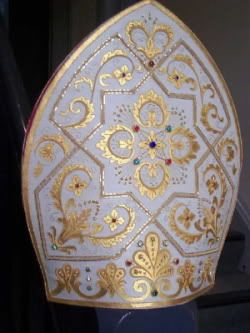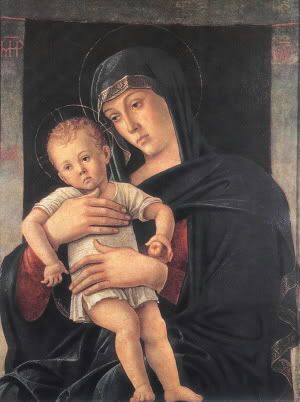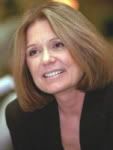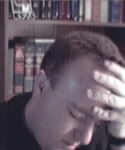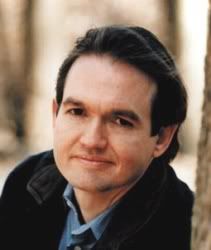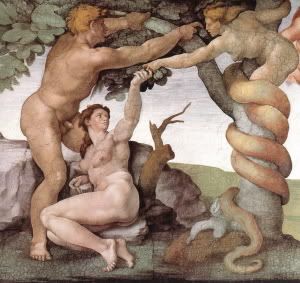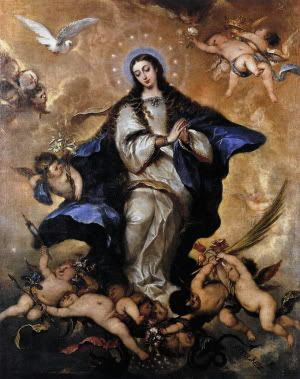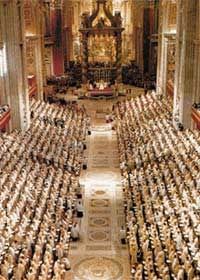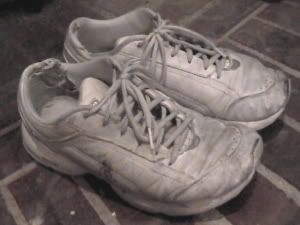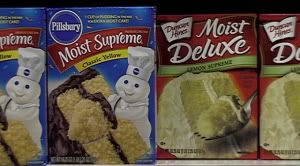 Mi ne komprenas vin. Ĉu vi parolas Esperanton?
Mi ne komprenas vin. Ĉu vi parolas Esperanton?One thing I never expected when I started this project was to have an international audience, aside from perhaps a few English priests and seminarians. I was genuinely surprised see that
Timotheos Prologizes has received hits from the following countries around the globe: the United States, Canada, the United Kingdom, Australia, France, Germany, the Netherlands, Sweden, New Zealand, Finland, Spain, Belgium, Singapore, Ireland, Denmark, Portugal, Italy, Philippines, Iceland, Mexico, Japan, Austria, Thailand, Bahamas, Poland, India, Serbia and Montenegro, Chile, Taiwan, Mauritania, Aruba, Hong Kong, Bulgaria, Malaysia, Czech Republic, Argentina, Turkey, Libyan Arab Jamahiriya, Hungary, Croatia, Malta, South Africa, Vietnam, Trinidad and Tobago, Indonesia, Uruguay, Norway, Brazil.
That made me think about how I might be able to serve my international clientele. The most difficult obstacle to enjoying a blog is the language barrier. So I thought perhaps from now on I should write every post in
Esperanto. It is the most widely spoken artificially constructed international language. It was developed in the late 1870s and early 1880s by Dr. Ludovic Lazarus Zamenhof. His goal was to create an easy and flexible language as a universal second language to foster peace and international understanding. Although no country has adopted the language officially, it has enjoyed continuous usage by a community estimated at between 100,000 and 2 million speakers. Two films have been produced with dialogue entirely in Esperanto. The films were
Angoroj in 1964 and
Incubus starring William Shatner in 1965.
On second thought, that sounds a bit too labor intensive--especially since I cannot read and write in Esperanto myself. For my international readers, just use a web translator. Of course, I guess you already have if need be.
